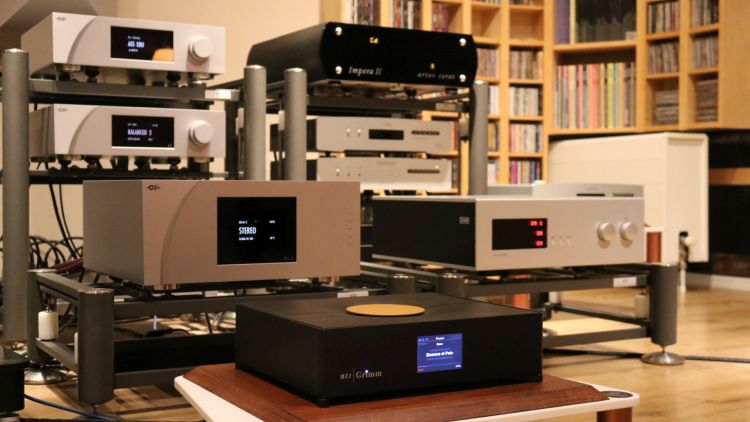
Aries Cerat review samples supplied by Ultisone and Callas Audio
Soulution review sample supplied by Ray of Welcome To Playground
These days, most DACs are equipped with volume control, usually of the digital variant but sometimes also in the analog domain. And if your DAC can be connected to a power amp directly, what could there be to gain by switching another component in the signal chain? In other words, when everything on the source end is digital, what is the use of a pure analog preamp? With this article, I hope to shed some light on this quandary.
Ever since LP became the preferred format in 1957, the analog preamp has been a prerequisite for music playback. When LP was joined by analog tape a few years later, the preamp extended its role as input selector, gain stage, and attenuator by also providing recording functionality and a tape monitor loop. The tape output signals were usually already at line level but the phono cartridge’s delicate signals necessitate RIAA correction (basically equalization) as well as extra amplification. This was always done inside of the same unit which was usually an integrated amplifier. Later, separate pre-and power amplifiers would make their entrance, but at first, the phono stage would still be incorporated into the preamp. As CD overtook LP in the early nineties, more and more pre-amplifier- and integrated amplifier manufacturers stopped including phono stages in their products and this spurred the release of stand-alone phono preamps.
So far, this all makes perfect sense, right? When you play LPs, you will need a phono stage and an analog preamp. That is unless you have a DAC with an A-D input and are willing to listen to digitized versions of your records or, on rare occasions, if you have a DAC with an additional pure analog input-output path. In the case of the latter, though, you are still using an analog preamp, even if it is hidden inside of the DAC.
But what if you don’t spin analog records and only use a digital source like a CD player, server, or streamer? In that case, and if it has volume control, there is nothing stopping you from connecting the DAC directly to the power amplifier. And in this case, what could possibly be gained by switching another component in the signal chain?
Volume Control
One aspect to consider is that volume control in the digital domain can only be done by removing bits and in doing so, some resolution is lost. DACs counteract this by upsampling the input signal and performing the calculations at a higher bitrate, reducing the damage done by the removal of a few bits. But this is only effective up to a certain level of attenuation and even when applied in the uppermost range, often, the processing can already be heard even after the first step down. DACs with analog volume control will bypass this issue and avoid having to tweak an otherwise bit-perfect signal as all the extra processing always injects ‘flavors’ that do not always favor the musicality.
Beware though, if the integrated volume control is passive, rather than buffered. While a passive attenuator may seem to represent the purest possible path, they tend to raise the output impedance and lower the current as they attenuate the signal while the combined capacitance of the cable and input can affect the linearity of the frequency response. More annoyingly, the frequency response may change as the volume is adjusted.
A popular explanation that is used to explain why dedicated preamplifiers work better than DACs is that it is a matter of current. The notion would be that preamplifiers (can) have bigger power supplies with larger DC buffer capacity so that they are capable of providing more drive and control even when faced with very long interconnects. Well, this could be an argument but only if the connecting power amplifier has an unusually low input impedance, like 10 times that of the source component’s output impedance. In that case, the bass impact and overall dynamics will very audibly suffer. With the usual 10k – 100k impedance, there is no current to speak of. But there are DACs with massive power supplies and this argument holds less and less value as DAC output stages also get better and better. Yes, Op-Amps can be current-limited but they can still provide plenty of power. Also, these Op-Amps are also employed en masse in preamp output stages, further invalidating this specific argument. So, is it a matter of Gain? Yes, for some power amplifiers that have low gain and when combined with very inefficient speakers, that can still be a valid argument, although there are plenty of DACs that will happily output 4 volts or more.
The above is far from the complete story but I merely want to illustrate that it is hard to make a case for adding a preamplifier purely on technical grounds.
So, if it is not so much a technical requirement, could it be that the argument is predominantly one of system synergy and taste? Here’s where we enter the really interesting bit that I will address by inserting a range of preamplifiers in my previously preamp-less setup and using various CD transports and Music Servers/streamers as sources.
Back story
With previous systems where I used a Wadia digital source (Wadia 12, 25, 27, 861, 781i, and 521) I have always needed a preamp to get rid of some of these sources’ roughness and dryness. Throughout a large chunk of my recent audio past and throughout various speaker changes, my preamp brand of choice was always Jeff Rowland (Synergy I, II, IIi, Coherence II, Concerto, Criterion, and Corus, ultimately with PSU) for their superb refinement, airiness, and liquidity. Sure, the Rowlands tended to add some sweetness and reduce transient sharpness and dynamic slam, but on balance, the sound was always better without a preamp in the system.
With my current CH Precision system, I have long refrained from adding a preamp, precisely for the aforementioned reasons, as well as because the C1 DAC is so much more refined than the Wadia sources, that there weren’t any nasty sonic to ameliorate, nor was there anything to gain by adding a preamp. Or so I thought!
After I had improved my acoustics over the course of several years and achieved some particularly great results last year, I was in awe with my bass performance, but less enamored with the fluidity and treble performance. For the first time in this apartment, I was truly hearing what the system was doing, and this re-sparked my interest in analog preamplifiers.
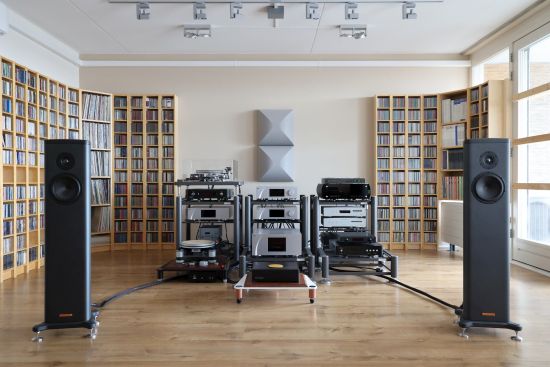
Review Context
The system used for this article consists of a CH Precision C1 DAC, CH Precision A1.5 power amp, and Magico S1 MkII speakers with a Grimm MU1 Music Server. More details can be found on the Main System page.
Ayon Stealth
Astute readers will have spotted the Ayon Stealth preamp (6995 euro) that has been lurking underneath the turntable for quite some time. This is an analog tube preamp with a DAC on board that I have used quite successfully in various circumstances in both setups and lately exclusively with the turntable. The Ayon house sound is not typical for tubes, or at least I don’t think so, because the company’s components are typically not sweet, smooth, euphoric, or particularly liquid, but actually surprisingly solid and robust.
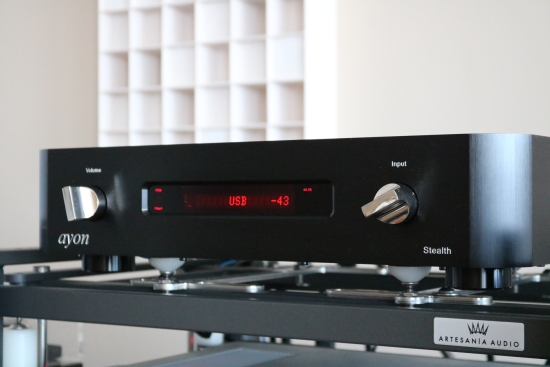
The Stealth has an attractively ballsy if somewhat rough and dark sound with strong rhythm and powerful dynamics. It is not particularly refined and it does not have the highest resolution or the best transparency which precludes its use as a main preamp, but in this application when combined with the CH P1 phono stage, the Stealth has always worked very well. In practice, I would connect either the C1 DAC or the Stealth preamp to the A1.5 power amp, depending on the need for that particular listening session.
As a preamp and switched behind the C1 DAC, it does not do the DAC justice, which is no shame given its relatively modest cost. Its built-in DAC adds a nice sweetness and fluidity, but again, it’s not at the level that I am currently aspiring to.
Next: Aries Cerat Incito S

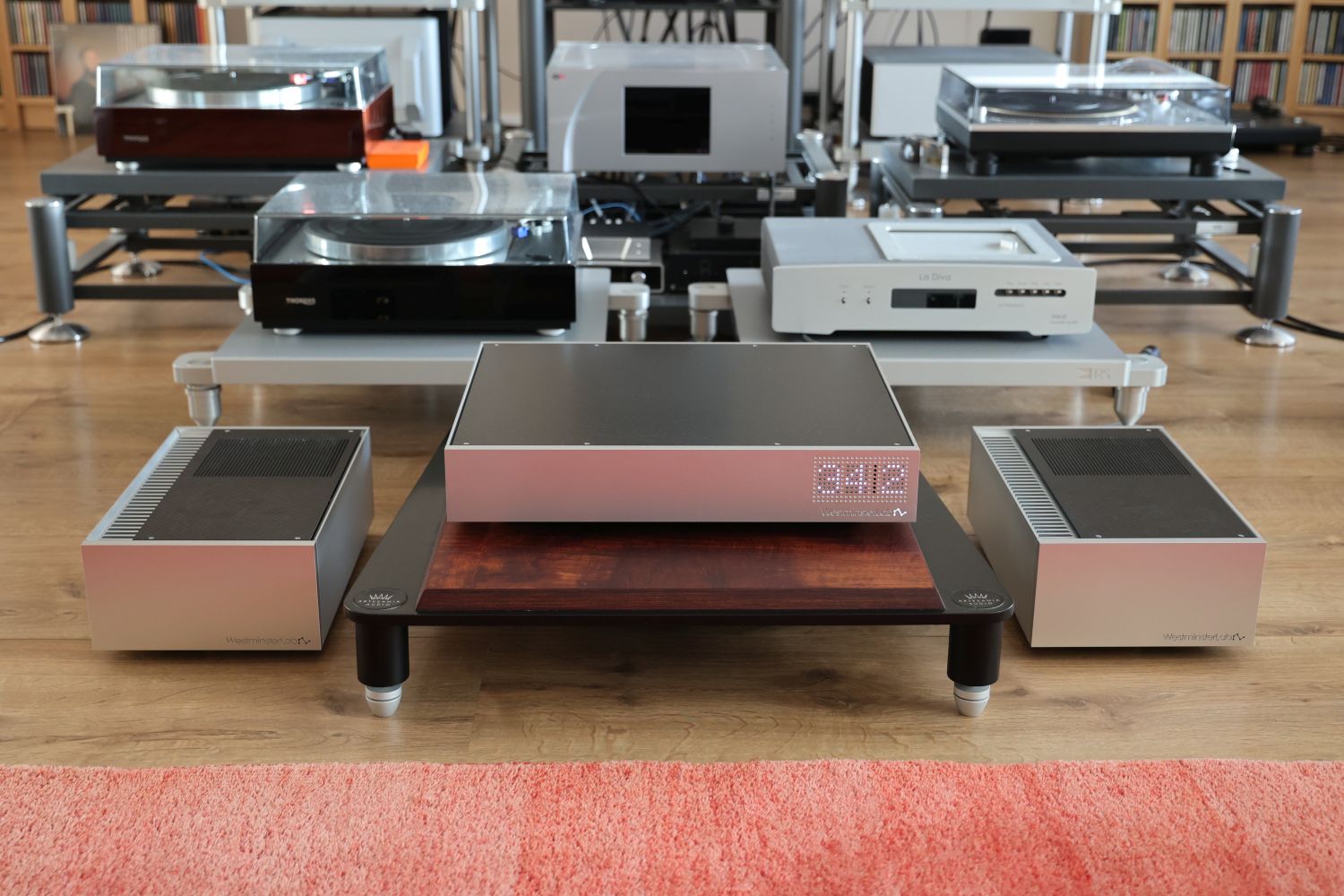
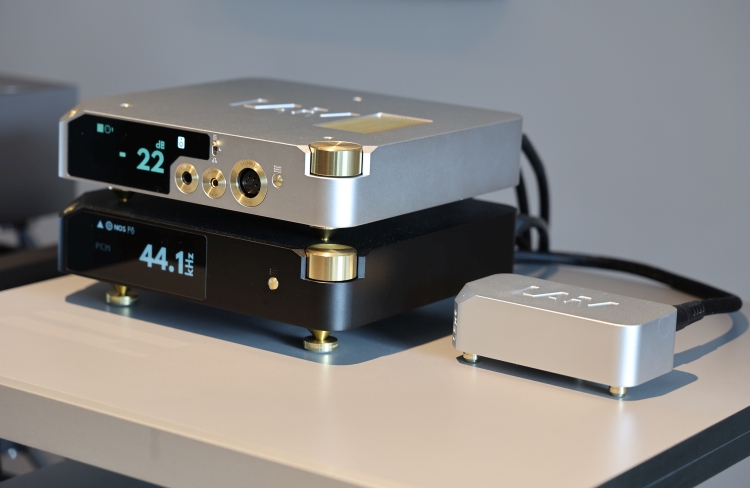
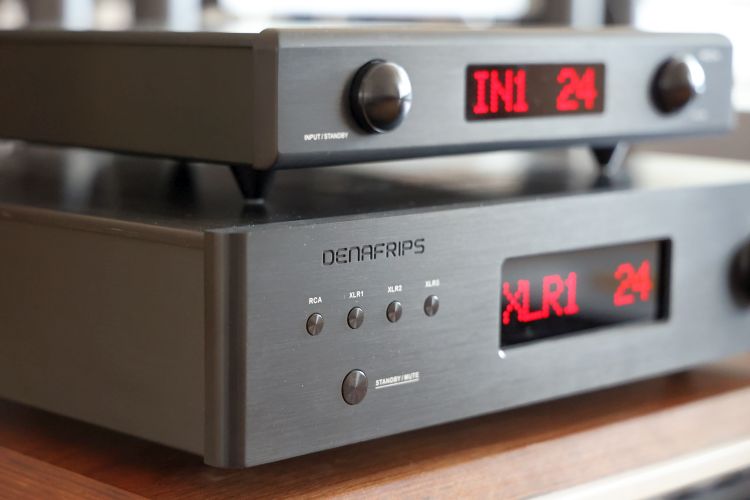
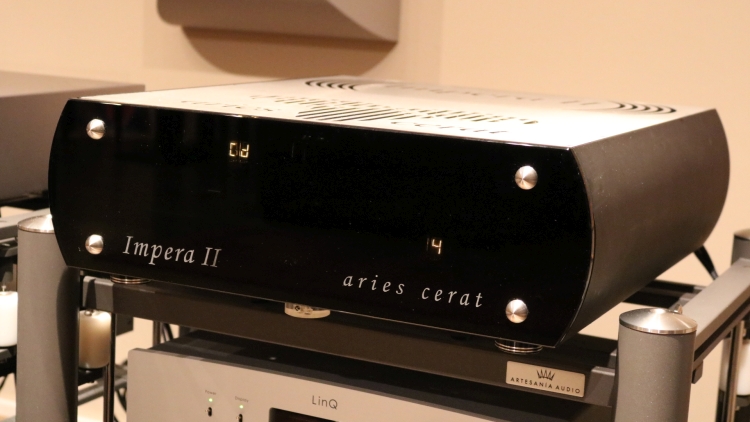
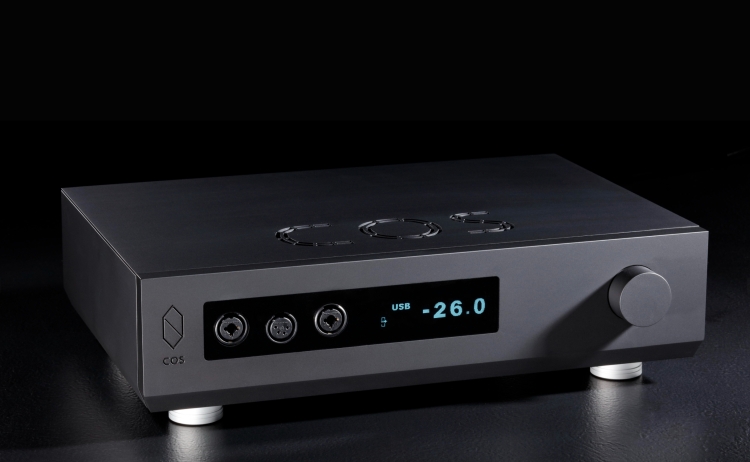
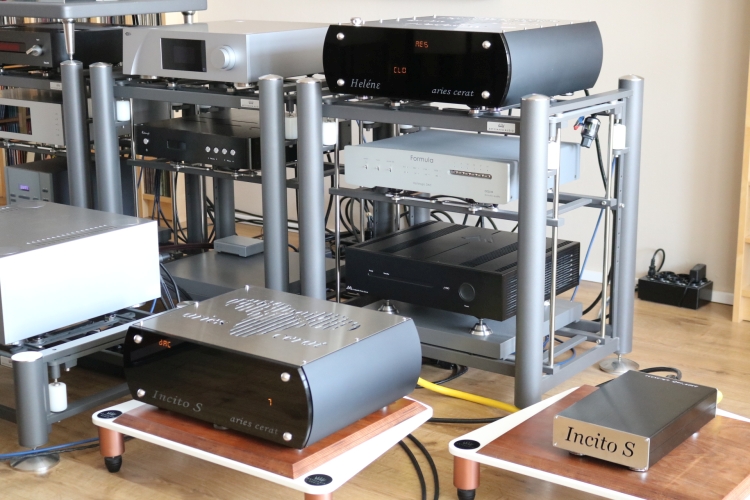
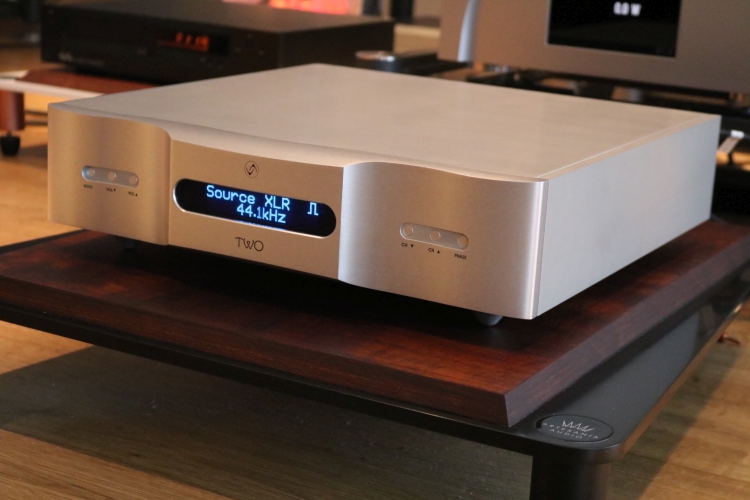
Thanks for this very interesting review. It made me put away thoughts that my VTL 7.5 III should be sold. No, it’s a keeper although I’m very happy with the preamp performance of my Lumin P1.
Very important topic. Thank you for sharing. I can understand the benefits of adding a dedicated high performance preamp to a digital-source system. Is this also the case with vinyl playback? Did you find audible differences when playing vinyl using the Stealth preamp vs. the rest of the reviewed preamps?
Good question! Well, I was pleasantly surprised when I used the CH L1 instead of the Stealth. I was expecting a lean and perhaps even dry or technical / non-analog sound but what I got was better than the Stealth in very nearly all respects, especially air and refinement but even in terms of soundstage depth, bass conviction, and fluidity. Of course, the Stealth does sound considerably fuller but on balance I much prefer the L1.
What is your take in using the Grimm Audio MU1 as volume control and leaving out a dedicated preamp?
While I have not tried this with the Grimm, and it might work very well, I suspect that it would not yield better results than when using the C1’s hybrid analog/digital volume control. Going from my experience so far, any digital volume control just won’t yield the same result as adding a state-of-the-art analog preamp.
Christian a great idea for an article thank you and some nice comparisons. And nice to read something about Spectral for such a longstanding and important American manufacturer they seem to get zero press. I am a preamp guy all the way and tubes please.
That being said I was ferreting out some system noise a few months back so did some bypass tests. With my streamer, Auralic Aries Mini, controlling volume and running my Dac direct to my amp the sound was much better than expected. I certainly missed some of the body and bass of my preamp but transparency was quite excellent.
I wouldn’t want to be without a preamp but it’s nice to know that option is there!
Cheers,
Jon
Hi Jon, indeed, in many cases, an analog preamp is no longer a hard requirement. But there is an important difference between requirement and benefit. 🙂
It is a very good thing to compare the products between them. This corresponds more to the reality of an audiophile. Regards
Hi Christiaan, maybe you should review the current AR Ref 6 SE instead of the rather old Ref 5 one day. Regards
Hi Oliver, I tried to get the Ref6SE in for review but it was not available. The Ref5 was my makeshift solution to that problem.
The room in that first photo hurts to look at. I can hear the reflections from here, you might as well put $150 speakers in there.
There are no first reflections here. I think the photo creates the illusion that the speakers are enclosed between hard walls which they are not. They are positioned nearly halfway into the room (over 3 meters from the rear wall) and past the horizontal position where both of the side walls cave out and the room becomes several meters wider. The corner in the right rear side (over 4 meters from the sweet spot) is heavily treated with bass traps. See the system setup for a better impression.
Hiya Christiaan after getting audio gd master 1 pre as you rated it highly and after hearing yourself and others keep on banging on about benefits of a good analog pre I managed to source a holo serene omg I now get all ya 🤣 your not all that crazy after all now I need to take a deep breath and spend some on cables 😫 they seem ridiculously expensive 😳
System Mano ultra 3 and holo may dac2 serene atc active tower 50s xlr cable all van damme
What a great read thank you. My system is Ch C1.2 +X1 Powersupply + CH m1.1 stereo power + Sonus Faber il Cremonese ex3me + Kubala Sosna Elation Cables. I am so happy with the set up and did not think to add a pre amp up to reading your article 🙂 What will be the benefit if i add L1 to my system? Do you think is it more benefitial or adding another M1.1 to go with mono is? I like refinement,detail and soundstage depth most in any system. Thank you and best…
Hi Ahmed, it depends on what you are after. An extra poweramp will give you more authority, realism, and other benefits. Adding the L1 will bring more fluidity, air, and refinement. See also my initial C1 + A1 review in which I compare the difference between one or two A1 amplifiers, as well as my L1 review in which I dive deeper into what makes the preamp so special.
Thank you i will look at your other post now.
Mos people using C1.2 as pre with M1.1 or A1.5 says i sould decrease the gain of M1.1 at least to -6db in order to şisten the sweet spot analog section of C1.2. Is it parallel with your findings? They refer to CH rtech servise that to reduce amp gain to -6 db will make you listen c1.2 in its optimal range( -15 to -5 db)
Yes, to get the C1 working in its ideal upper volume range, you can indeed lower the gain on the power amp(s), however, that will have its own effect, reducing the sense of snap and attack. The sound will be more refined and fluid but relatively less foreful. There is no true right or wrong, just use what you find sounds best.
Christiaan,
Thank you for your fascinating in depth analysis. What is your take on using the Soulution 760 as volume control, leaving out a dedicated preamp? As I have been using an Aurender W20SE & haven’t played a CD in almost 2 years, I recently replaced my Ayre KX-R Twenty Preamp / VX-R Twenty Amp with the 760 DAC and 711+ amplifier and note no dryness or edge in the high end and mid-range with the added benefit of a deeper, tighter gripping bass. My understanding is that much of the 760’s design is based on the 725.
Hi Lloyd, alas, I have no personal experience with the Soulution 760 DAC. I know from my C1.2 DAC that it sounds superb without an analog preamp, but more fluid and refined with the L1 preamp (albeit slightly more light-footed). Given that the 760 has a digital volume control, I imagine it would provide similar benefits and downsides.
In other experiments, I repeatedly found that adding an analog preamp still brings gains, even if the DAC contains a fully preamp-worthy output stage. Although, there is a nuance to be made, of course, as we are looking for a balance, and it depends on which aspects of sound you value most. Adding a preamp also adds complexity and more influence from cables.
If you are not hearing any dryness, roughness, or lack of resolution at lower volume levels, and you feel the sound is fluid and refined enough, then it might nog be worth adding an analog preamp.
You may also want to read my Playback Designs and Vermeer Audio reviews, for more impressions of using built-in volume control.
Another excellent preamplifier based on a very forward-thinking design (described at length in its owner’s manual) is the CODA 07x Preamplifier, which I use in conjunction with its companion–piece CODA S5.5 Precision Class A Stereo Power Amplifier (50 Watts RMS into 8 ohms / 100 Watts RMS into 4 Ohms PER CHANNEL). I will be teaming this pre-amp/power amp pairing with the latest Playback Designs MPD-8 Dream DAC.